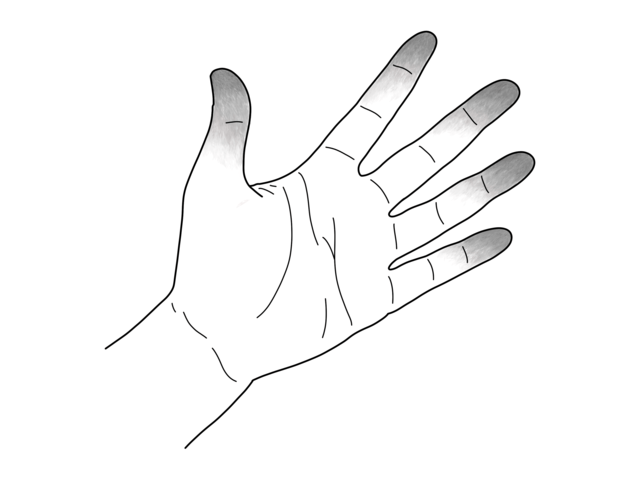Frostbite is a serious condition that can occur when the skin and underlying tissues freeze, and it’s something that should not be taken lightly. It’s especially dangerous for those who spend a lot of time outdoors in cold weather, such as hikers, skiers, and hunters, but anyone can be at risk if they’re not properly prepared. In this article, I’ll share some tips and best practices for staying safe and avoiding frostbite this winter.
First and foremost, it’s important to understand the signs and symptoms of frostbite. Early signs include numbness, tingling, and discoloration of the skin, usually on the fingers, toes, nose, and ears. As the condition worsens, the skin may become waxy and white, and blisters may appear. In severe cases, the affected areas may turn black and may require amputation.
One of the most important ways to prevent frostbite is to dress in layers. Wearing multiple layers of clothing will help trap warm air close to your body, and will also make it easier to adjust to changing temperatures. Make sure to wear a waterproof and windproof outer layer to protect against the elements.
Another key aspect of frostbite prevention is to keep your feet and hands warm. Wear warm socks and gloves, and make sure your shoes or boots fit properly and are insulated. Keep your feet and hands dry to prevent sweating, which can lead to chilling and frostbite.
It’s also important to take frequent breaks if you’re spending a lot of time outdoors in the cold. This will give you a chance to warm up, and will also help prevent fatigue and hypothermia, which can increase your risk of frostbite.
When it comes to staying safe in cold weather, it’s also important to pay attention to your body. If you start to feel numb or tingly, or if your skin starts to turn red or white, it’s a sign that you’re at risk of frostbite. If you experience these symptoms, move to a warm place immediately and rewarm the affected area.
It’s also important to be aware of the risks of hypothermia and frostbite when you’re participating in winter sports. Make sure you’re properly dressed for the weather, and take frequent breaks to warm up. If you start to feel numb or tingly, or if your skin starts to turn red or white, it’s a sign that you’re at risk of frostbite, and you should stop your activity and seek medical attention.
Frostbite can also be caused by exposure to cold temperatures in the workplace. Workers who are exposed to cold temperatures for prolonged periods of time, such as construction workers, truck drivers, and delivery workers, should take precautions to protect themselves from frostbite. This includes wearing appropriate clothing, taking frequent breaks, and staying dry and warm.
If you suspect you or someone you’re with has frostbite, seek medical attention immediately.
However, there are some first aid measures you can take in the meantime. the first step is to get the person out of the cold and into a warm, dry place. Remove any wet clothing and cover the person with blankets to help warm them up. Do not use direct heat, such as a heating pad or a heating lamp, as this can cause burns.
The next step is to rewarm the affected area. The best way to do this is to immerse the area in warm water, ideally between 104-108°F. This should be done slowly, taking about 20-30 minutes to rewarm each affected area. Do not use hot water, as this can cause burns.
After rewarming, the affected area should be wrapped in sterile dressings and elevated to help reduce swelling. Over-the-counter pain medications, such as ibuprofen or acetaminophen, can be used to help reduce pain and inflammation.
It’s important to seek medical attention as soon as possible if you suspect frostbite. A doctor can determine the extent of the injury and provide appropriate treatment, which may include antibiotics to prevent infection and surgery to remove dead tissue.
Frostbite is a serious condition that can cause permanent damage and even amputation if not treated in time. By understanding the signs and symptoms of frostbite, taking precautions to stay warm and dry, and seeking medical attention if you suspect frostbite, you can help protect yourself and others from this dangerous condition. Remember to dress in layers, keep your feet and hands warm, take frequent breaks, and pay attention to your body. Stay informed and be prepared, it will make all the difference.










